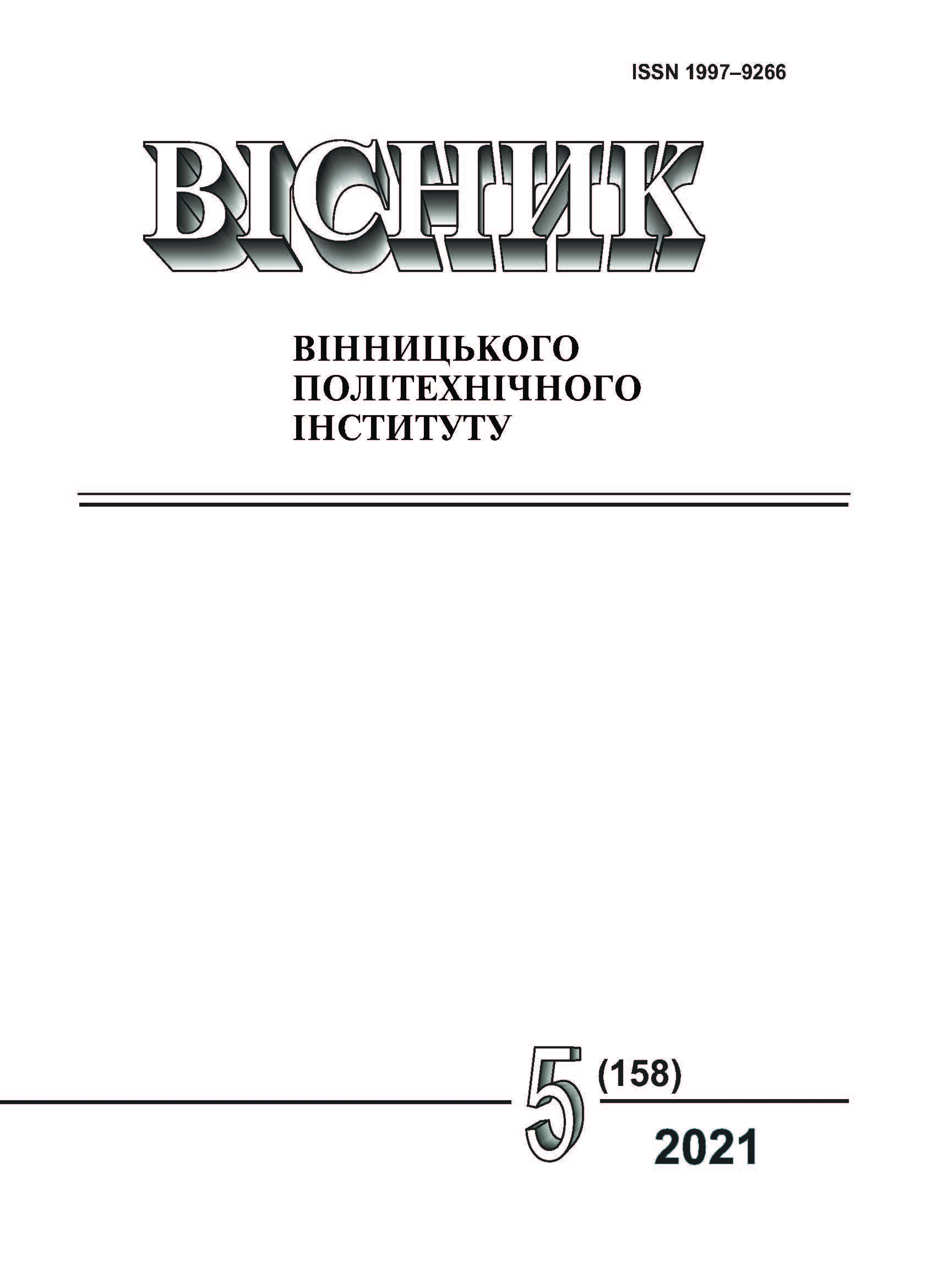Analysis of the Nature of Working Dynamic Error at the Speed of the Electromechanical System at the Artificial Change of Load in the Automated Machine
DOI:
https://doi.org/10.31649/1997-9266-2021-158-5-103-107Keywords:
complex, asynchronous motor, metalworking, conveyor, automated line, vector control, speed control, angular velocityAbstract
The purpose of work and the task of research of features of use of conveyors with a flexible traction element in modern systems of the automated metalworking are formulated. The technological scheme of the metalworking complex which carries out operations without human intervention is presented. The article presents the relevance of the use of conveyors in processes that require precise testing during artificial movement of cargo. Based on the MatLab Simulink application package, a model of an electromechanical conveyor system with a vector-controlled induction motor is obtained. The study of static and dynamic characteristics of the transport mechanism of the metalworking complex is performed. Based on the analysis of static and dynamic modes of operation of the conveyor, the diagram of loading of the mechanism is constructed; research of character of change of amplitude of the maximum error at artificial change of the static moment is carried out. It is noted that due to the sequential processing of parts on the line, their weight decreases, which reduces the maximum error in the speed of the traction element. Using the obtained results, the study of the behavior of the system for two cases, at maximum and minimum line performance, based on the obtained dependences, it was concluded that the system remains stable in the presence of high-frequency change of artificial load. In case of high productivity, the transport system works steadily, its parameters do not exceed the established requirements (the maximum dynamic error does not exceed 3 % of nominal speed of the transport mechanism) use of the conveyor with vector control in the automated metalworking line is considered expedient. The obtained results allowed recommending the use of belt conveyors with vector-controlled asynchronous electric motors for transportation of parts during the design of automated metalworking lines.
References
В. М. Бочков, і Р. І. Сілін, Обладнання автоматизованого виробництва, підруч., Р. І. Сілін, Ред. Львів, Україна: вид-во Львів. політехніка, 2015, 404 с. ISBN 978-617-607-780-0 .
Development of Moving Equipment for Fishermen’s Catches using the Portable Conveyor System. [Electronic resource]. Available: https://cutt.ly/GEN1KPY .
B. Jeftenić, et al., “Energy efficiency in transportation of bulk material with frequency controlled drives,” in 14th International Power Electronics and Motion Control Conference EPE-PEMC 2010, Ohrid, Macedonia, 2010, v. 5, pp. 105-113.
С. М. Пересада, і С. М. Ковбаса, «Обобщенный алгоритм прямого векторного управления асинхронным двигателем,» Технічна електродинаміка, № 14, с. 17-22, 2002.
W. Leonhard, Control of Electrical Drives. Springer – Verlag, Berlin: 1996, 420 p.
M. Pechenyk, M. Pushkar, S. Burian, and L. Kazmina, “Investigation of Energy Characteristics of the Electromechanical System in Multi-motor Conveyors under Variation of Traction Load Level on the Belt,” 2019 IEEE 6th International Conference on Energy Smart Systems (ESS), Kyiv, Ukraine, 2019, pp. 303-306.
М. В. Печеник, С. О. Бур’ян, і Л. М. Казьміна, «Дослідження характеру розподілу втрат при завантаженні конвеєра,» Вісник Вінницького політехнічного інституту, № 2, с. 62-66, 2018.
Н. В. Печеник, и С. А. Бурьян, «Энергоэффективные режимы работы электромеханических систем ленточных конвейеров,» Техническая электродинамика, № 5, с. 122-124, 2014.
М. В. Печеник, С. О. Бур’ян, і А. О. Горбатовський, «Особливості підвищення енергетичної ефективності електромеханічної систем конвеєра,» Вісник НТУУ «ХПІ», cерія: Проблеми автоматизованого електропривода теорія і практика, № 36, с. 382-384, 2013.
Downloads
-
PDF (Українська)
Downloads: 119
Published
How to Cite
Issue
Section
License

This work is licensed under a Creative Commons Attribution 4.0 International License.
Authors who publish with this journal agree to the following terms:
- Authors retain copyright and grant the journal right of first publication.
- Authors are able to enter into separate, additional contractual arrangements for the non-exclusive distribution of the journal's published version of the work (e.g., post it to an institutional repository or publish it in a book), with an acknowledgment of its initial publication in this journal.
- Authors are permitted and encouraged to post their work online (e.g., in institutional repositories or on their website) prior to and during the submission process, as it can lead to productive exchanges, as well as earlier and greater citation of published work (See The Effect of Open Access).





